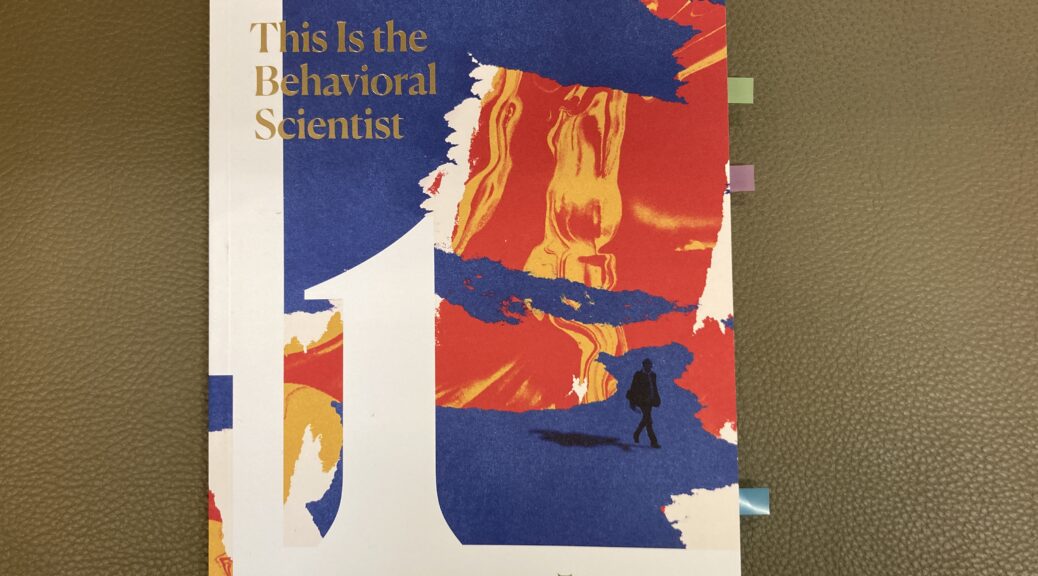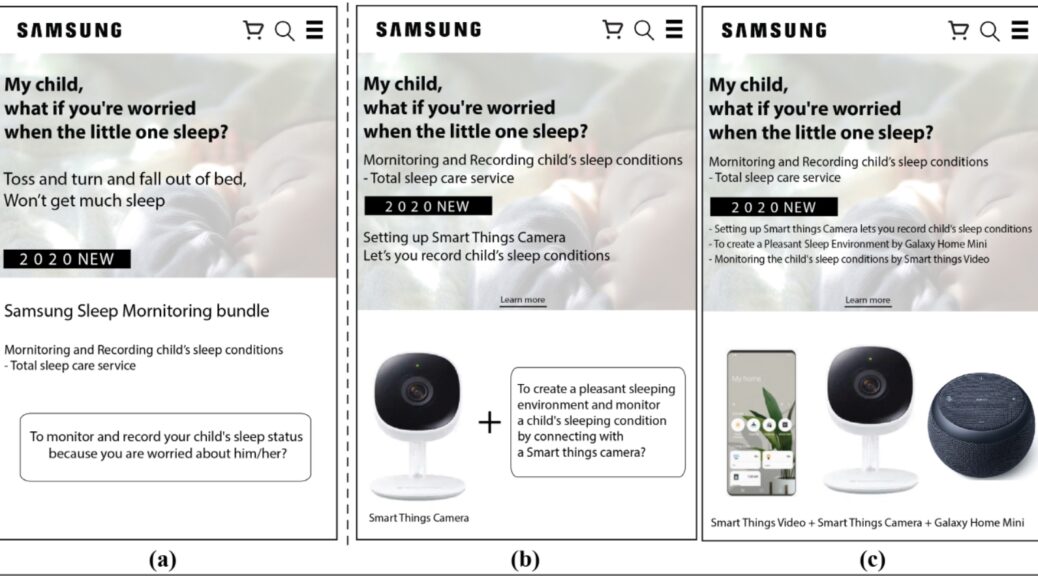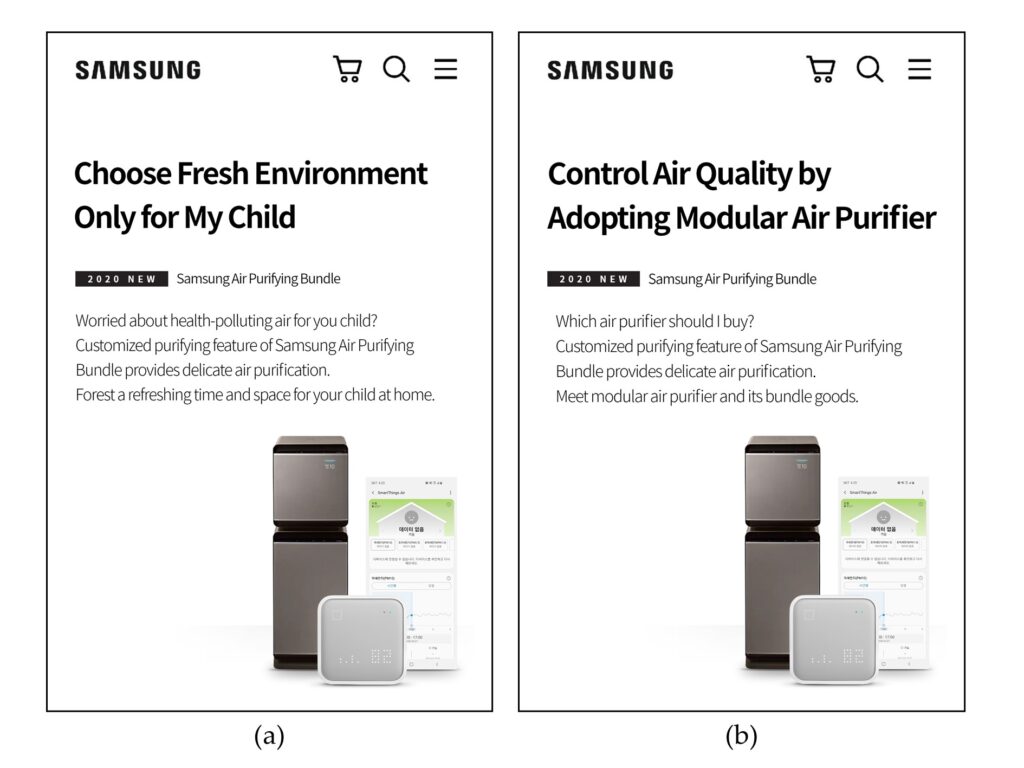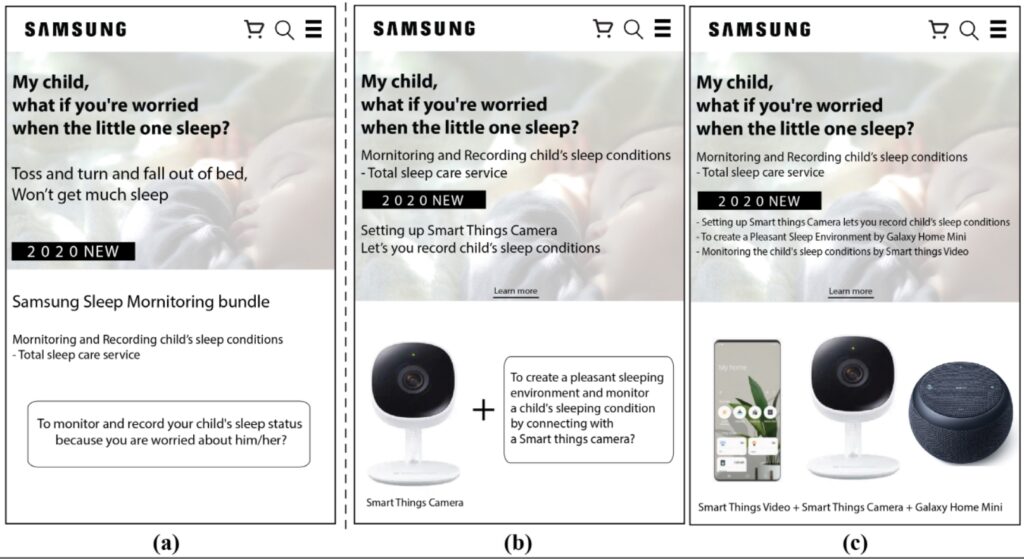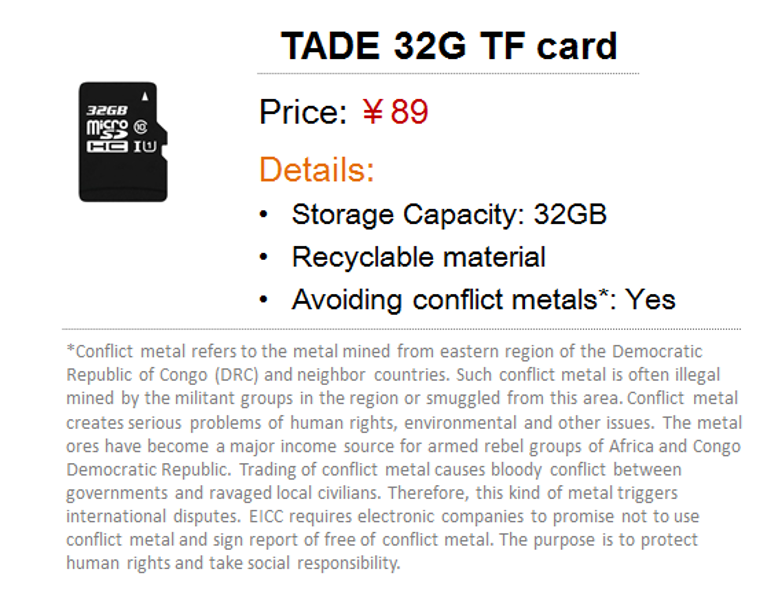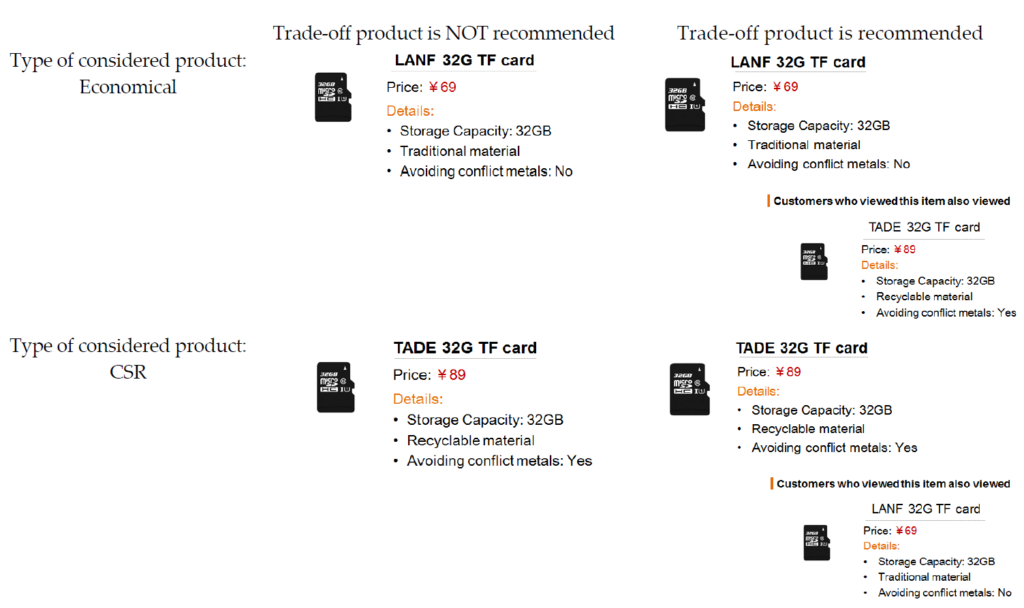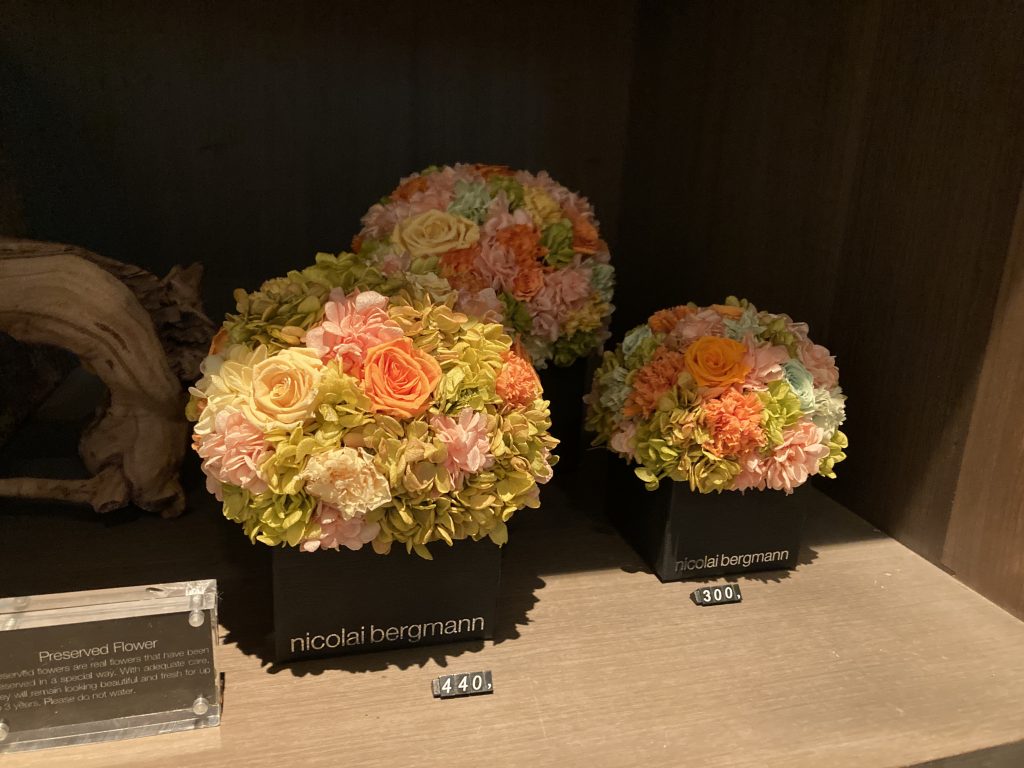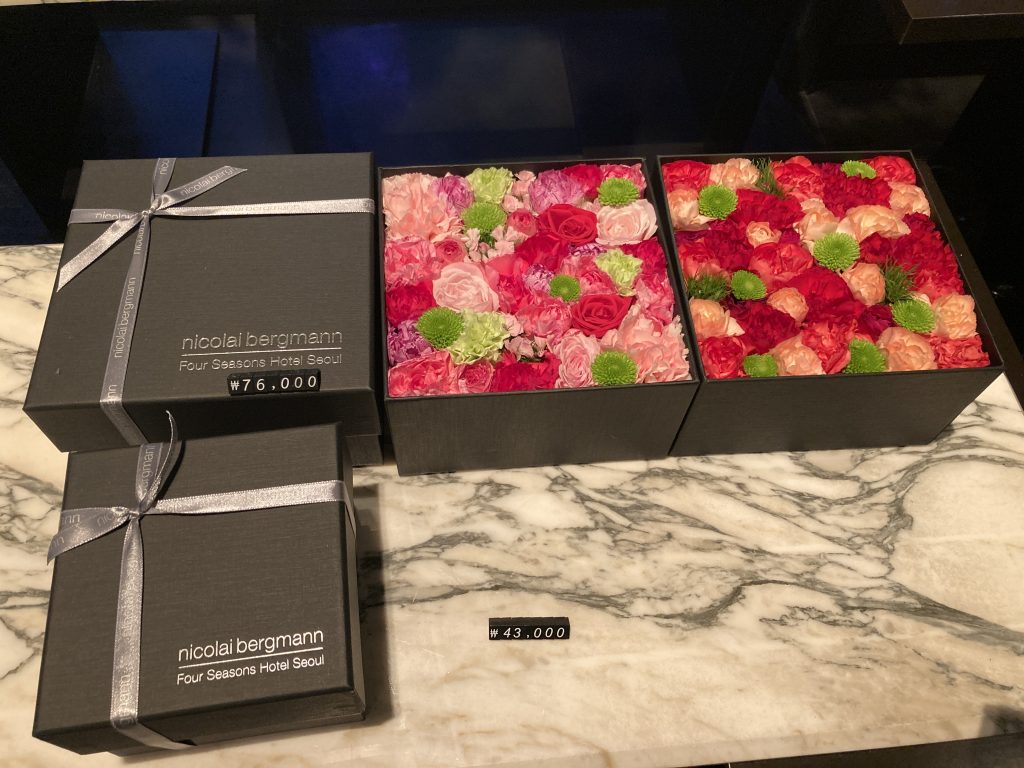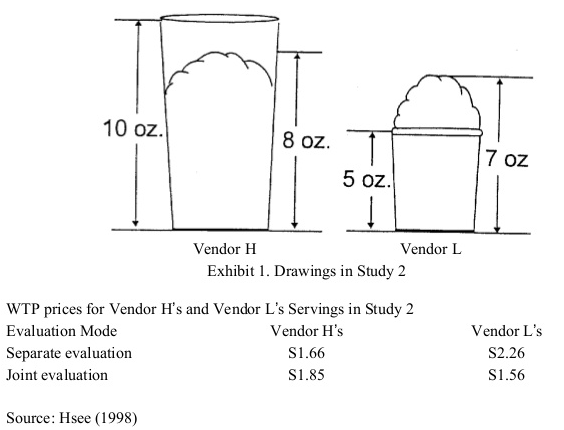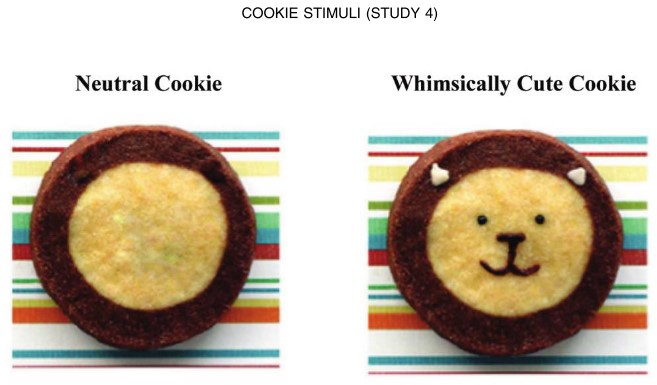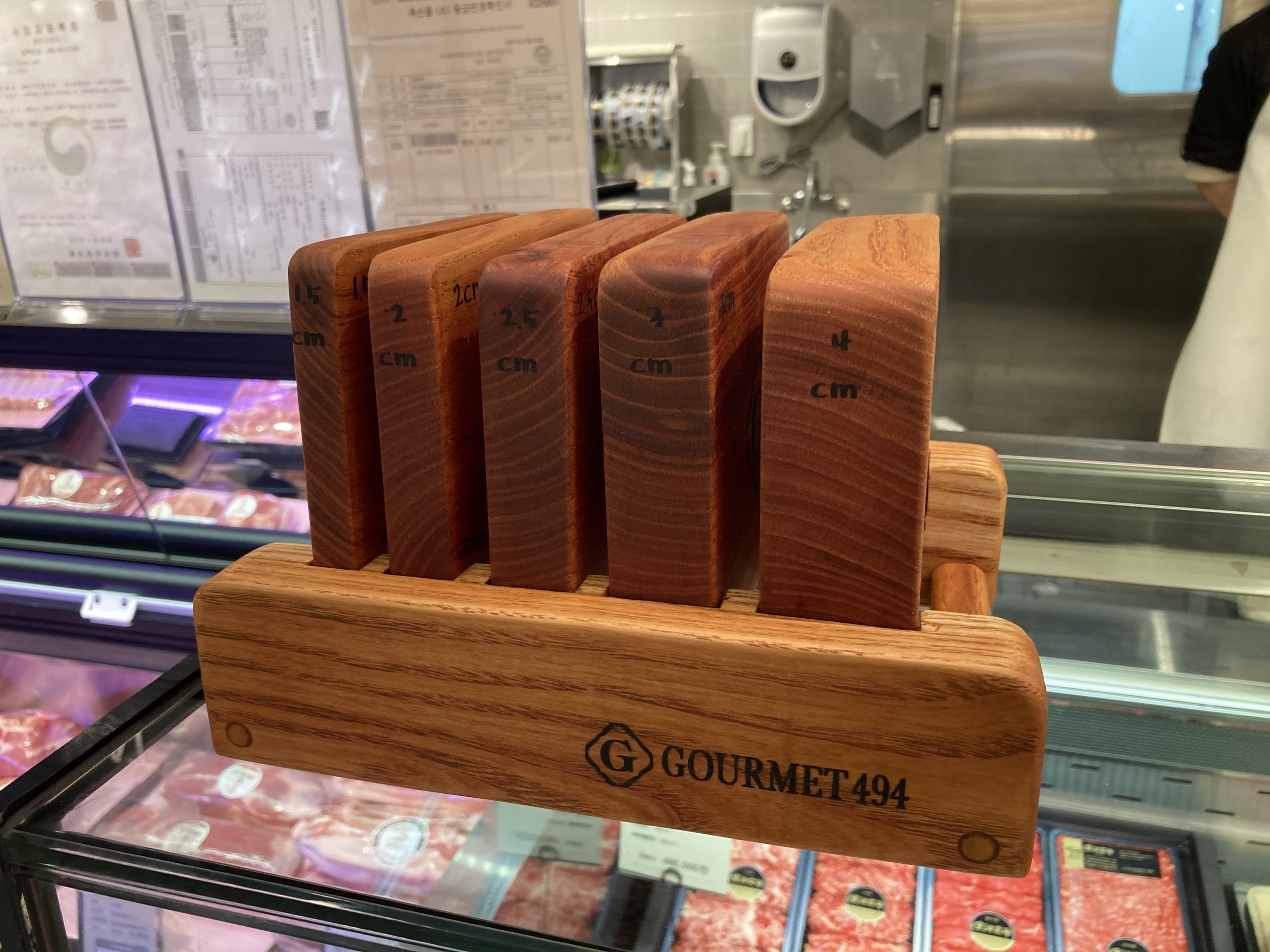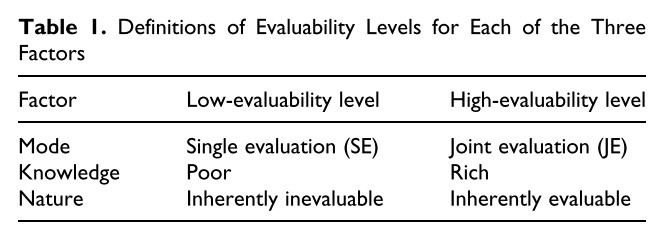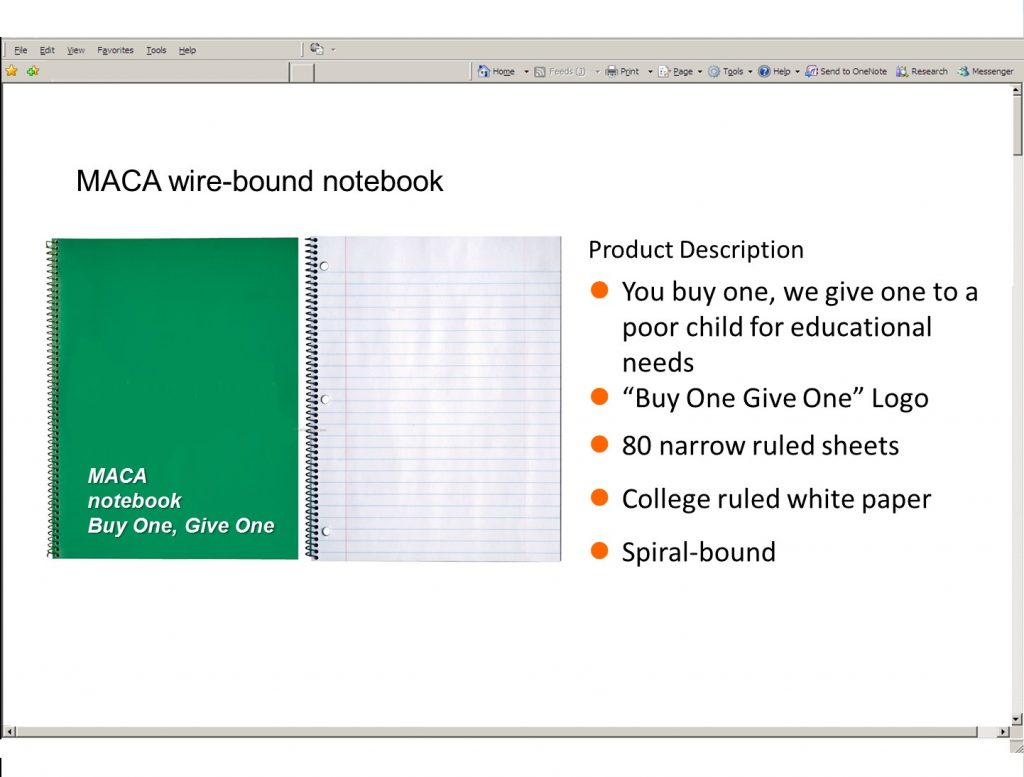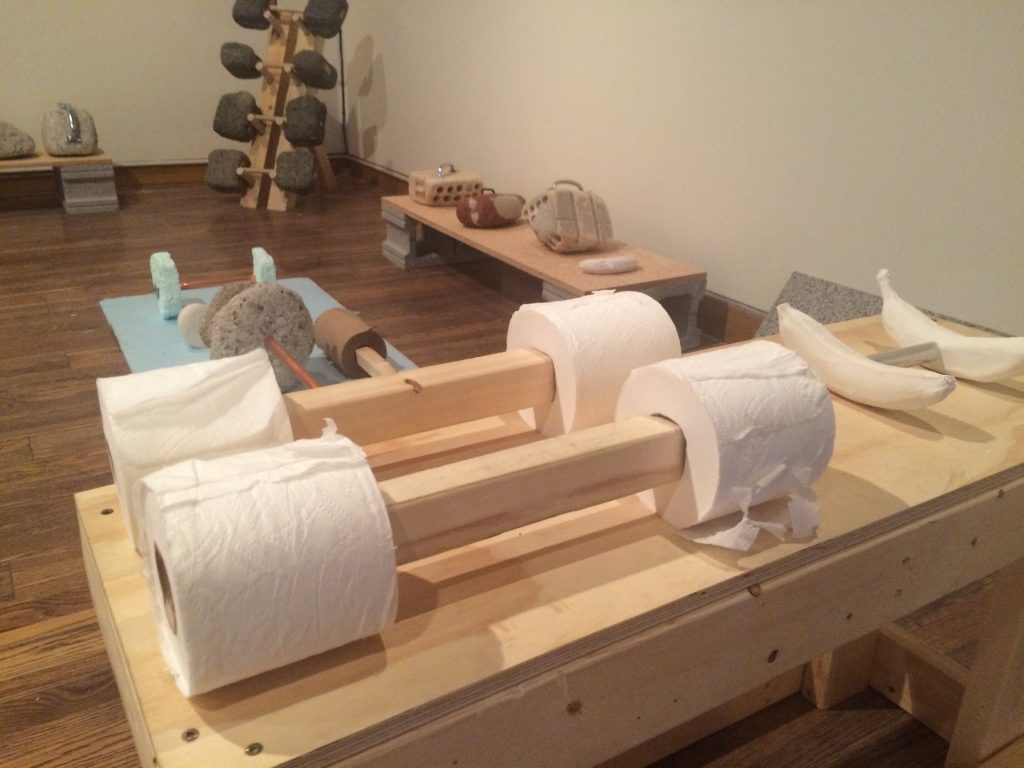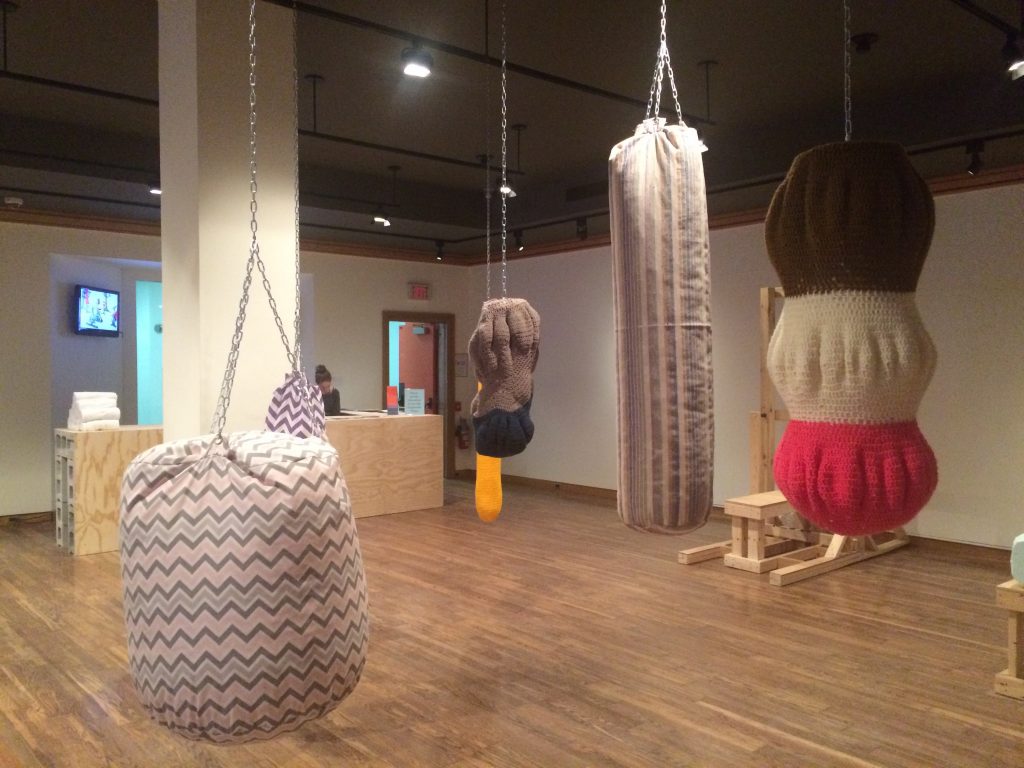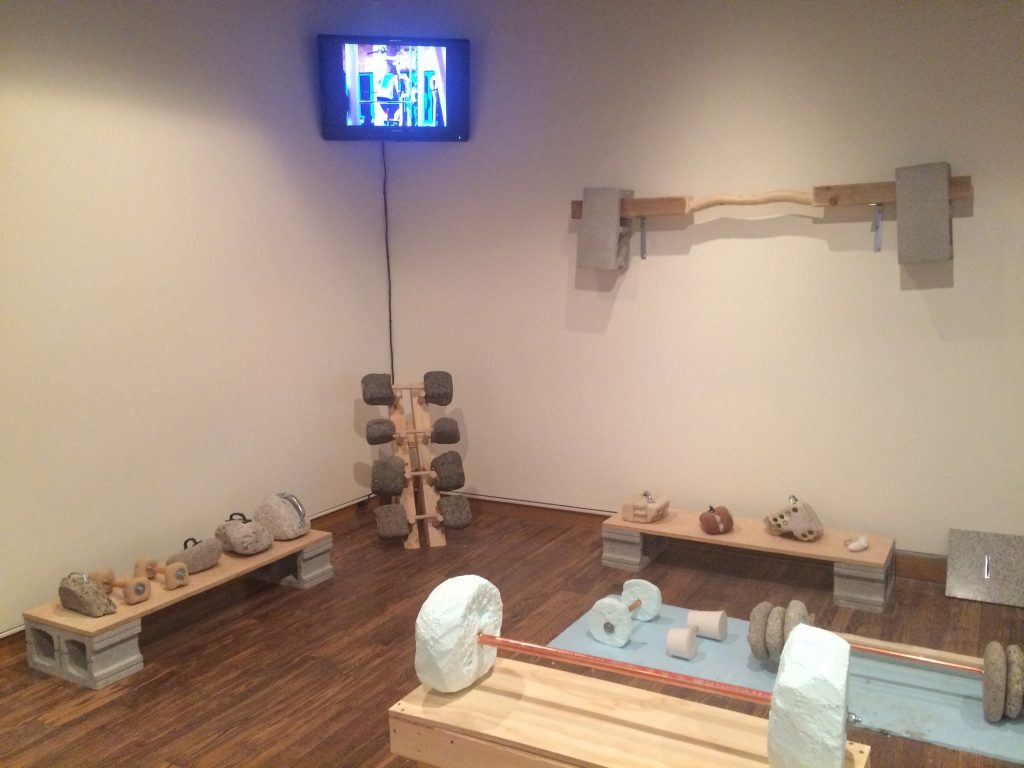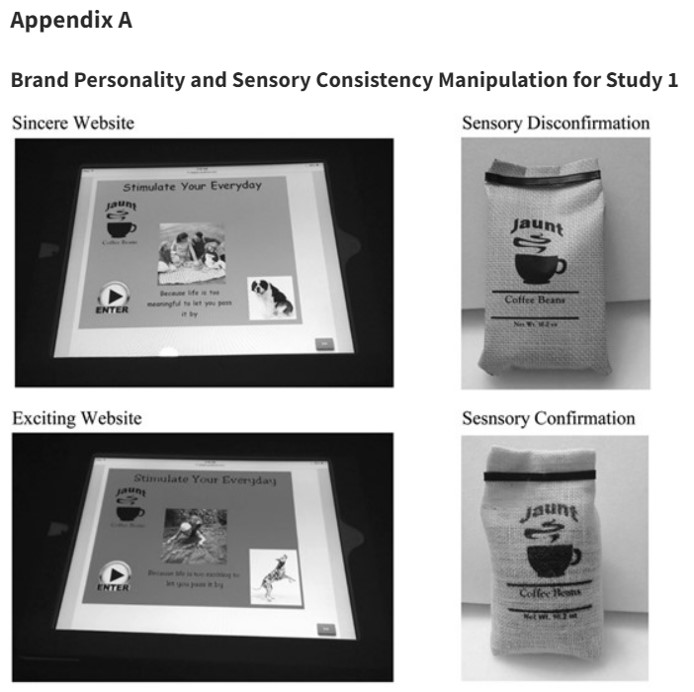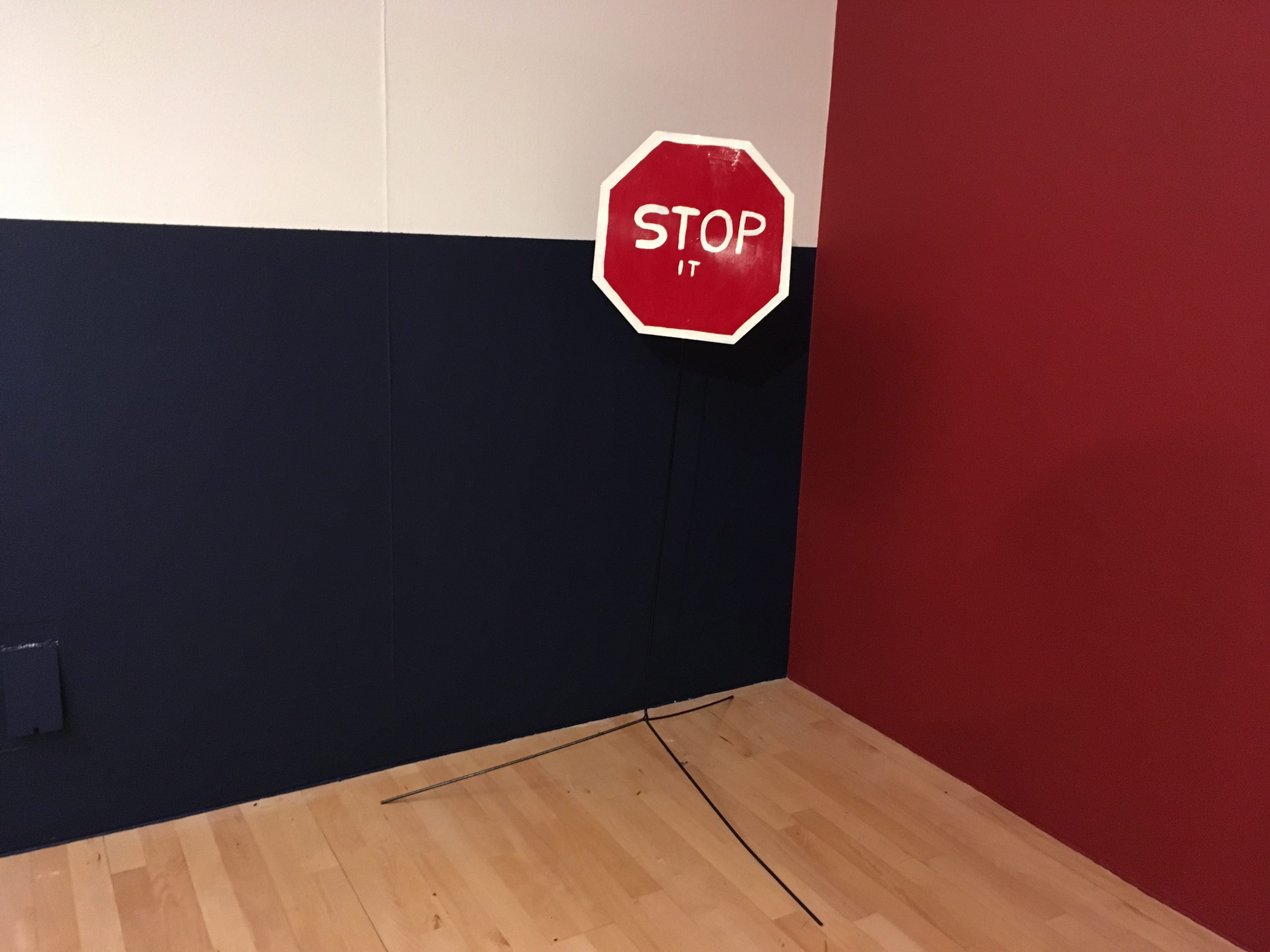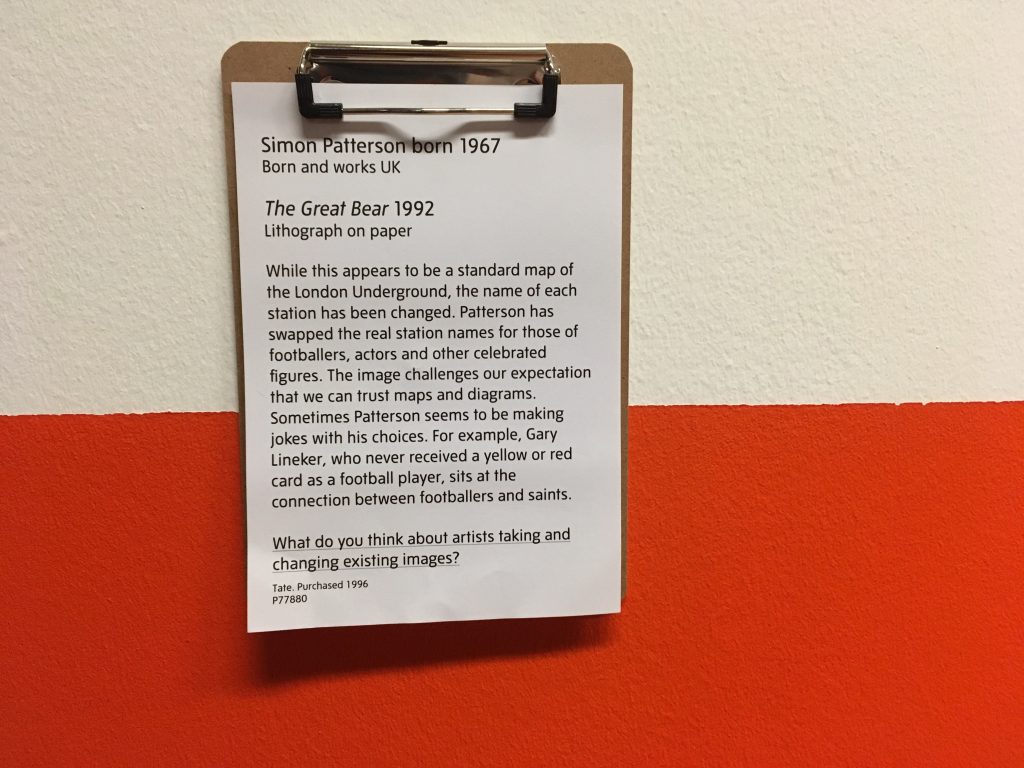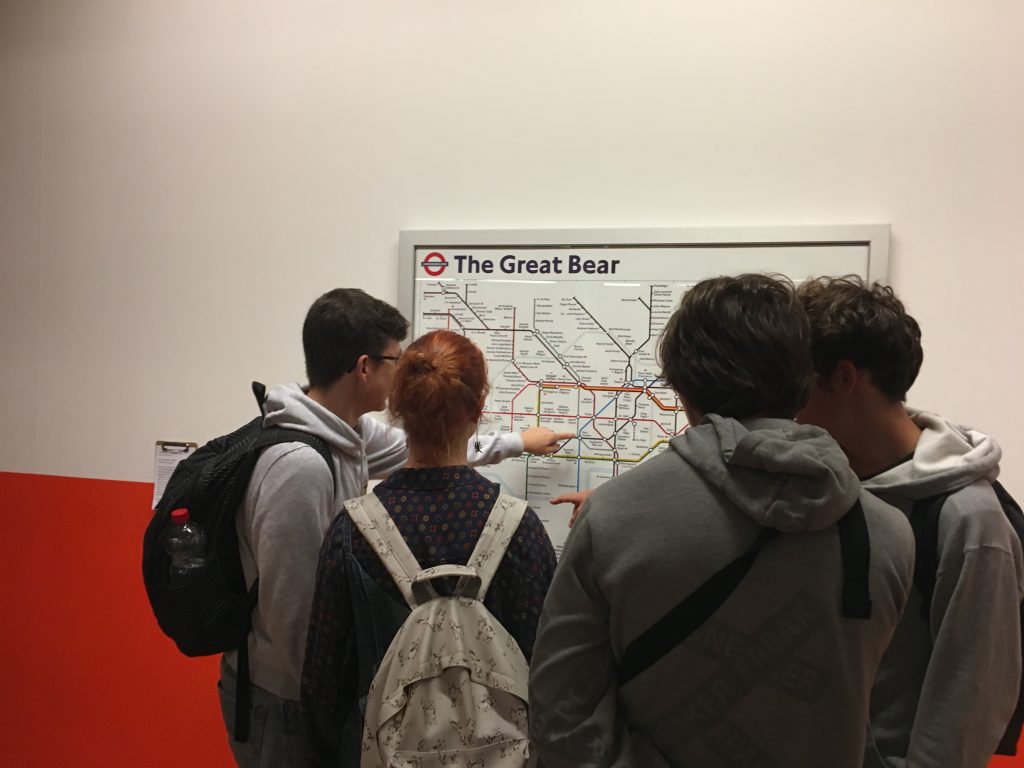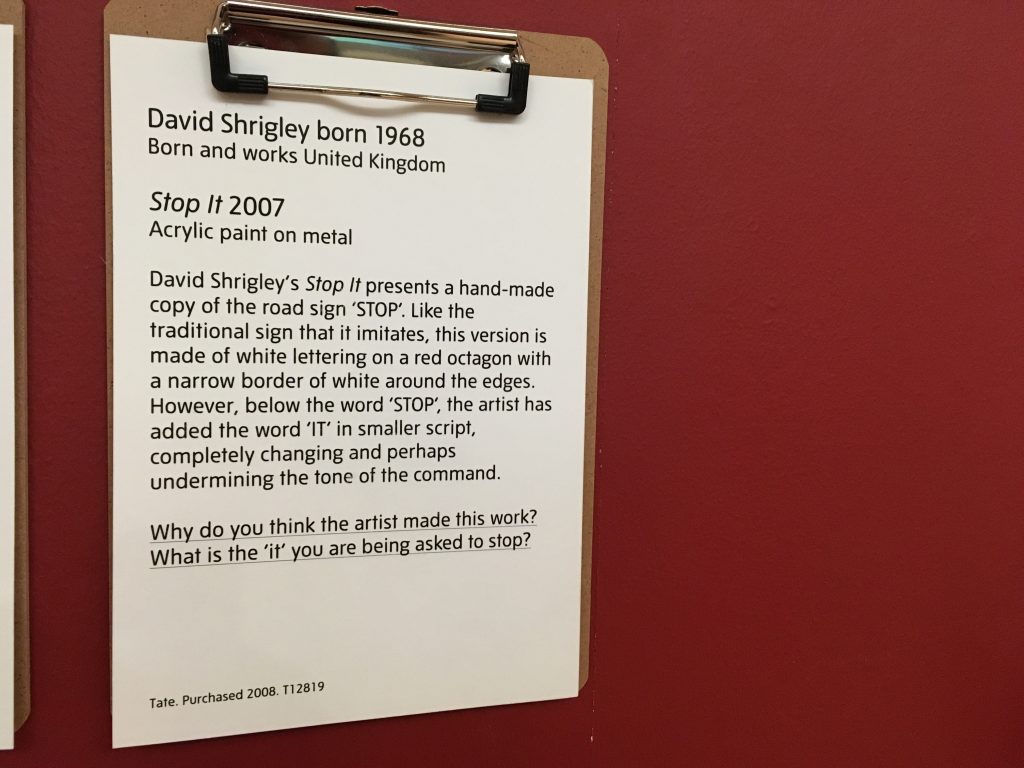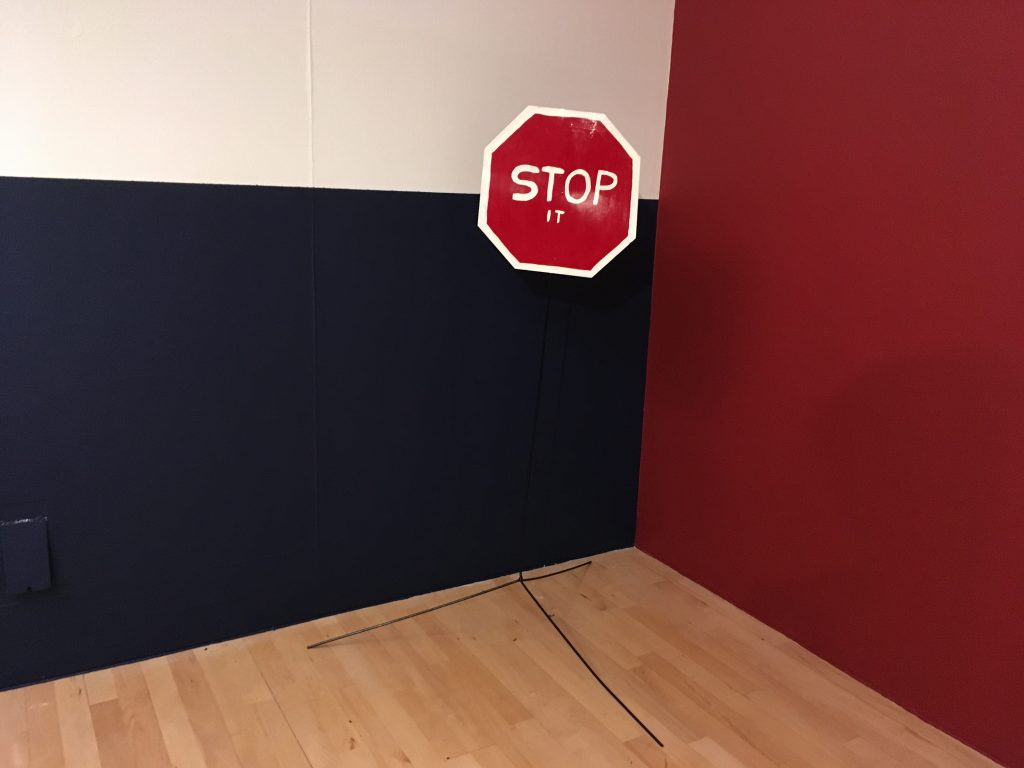I find myself reading books challenging. Most books are too long to start and I am too busy to finish reading book. Therefore, I have applied numerous insights obtained from behavioral research to force myself to read books.

So far, the most effective method is to buy a physical book. This is particularly effective when the book is not available at a local book store and it needs to be delivered to me in the mail. My intention to finish reading the book *irrationally* increases because it has a physical form and I do not want to waste, interestingly, its delivery cost.
Atasoy, O., & Morewedge, C. K. (2018). Digital Goods Are Valued Less Than Physical Goods. Journal of Consumer Research, 44(6), 1343–1357.
Digital goods are, in many cases, substantive innovations relative to their physical counterparts. Yet, in five experiments, people ascribed less value to digital than to physical versions of the same good. Research participants paid more for, were willing to pay more for, and were more likely to purchase physical goods than equivalent digital goods, including souvenir photographs, books (fiction and nonfiction), and films. Participants valued physical goods more than digital goods whether their value was elicited in an incentive compatible pay-what-you-want paradigm, with willingness to pay, or purchase intention. Greater capacity for physical than digital goods to garner an association with the self (i.e., psychological ownership), underlies the greater value ascribed to physical goods. Differences in psychological ownership for physical and digital goods mediated the difference in their value. Experimentally manipulating antecedents and consequents of psychological ownership (i.e., expected ownership, identity-relevance, perceived control) bounded this effect, and moderated the mediating role of psychological ownership. The findings show how features of objects influence their capacity to garner psychological ownership before they are acquired, and provide theoretical and practical insights for the marketing, psychology, and economics of digital and physical goods.
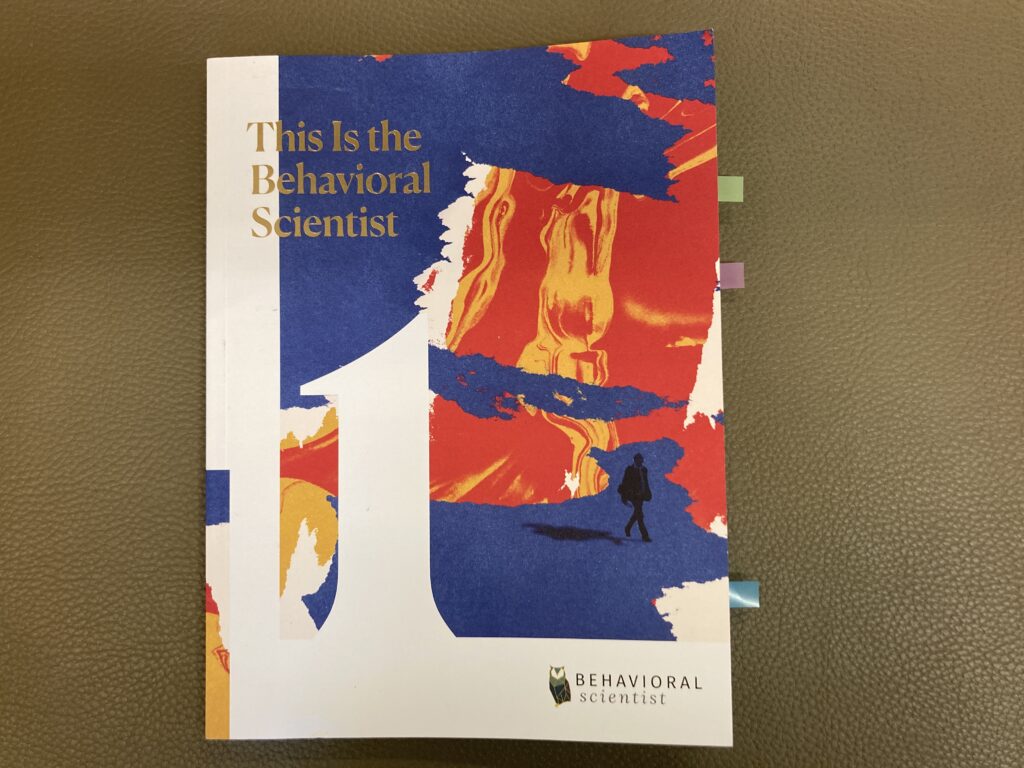
The second most effective method is to bookmark with sticky notes after briefly reading the table of contents. I often stick only three notes on the pages I want to read to relieve burden. When I see them, I *mistakenly* think I already started reading the book.
Kivetz, R., Urminsky, O., & Zheng, Y. (2006). The Goal-Gradient Hypothesis Resurrected: Purchase Acceleration, Illusionary Goal Progress, and Customer Retention. Journal of Marketing Research, 43(1), 39–58.
The goal-gradient hypothesis denotes the classic finding from behaviorism that animals expend more effort as they approach a reward. Building on this hypothesis, the authors generate new propositions for the human psychology of rewards. They test these propositions using field experiments, secondary customer data, paper-and-pencil problems, and Tobit and logit models. The key findings indicate that (1) participants in a real café reward program purchase coffee more frequently the closer they are to earning a free coffee; (2) Internet users who rate songs in return for reward certificates visit the rating Web site more often, rate more songs per visit, and persist longer in the rating effort as they approach the reward goal; (3) the illusion of progress toward the goal induces purchase acceleration (e.g., customers who receive a 12-stamp coffee card with 2 preexisting “bonus” stamps complete the 10 required purchases faster than customers who receive a “regular” 10-stamp card); and (4) a stronger tendency to accelerate toward the goal predicts greater retention and faster reengagement in the program. The conceptualization and empirical findings are captured by a parsimonious goal-distance model, in which effort investment is a function of the proportion of original distance remaining to the goal. In addition, using statistical and experimental controls, the authors rule out alternative explanations for the observed goal gradients. They discuss the theoretical significance of their findings and the managerial implications for incentive systems, promotions, and customer retention.
Certainly, I want to read more books without these tricks. However, I have insufficient self control resources and frequently mispredict my available time. I wish these tricks drive me to start as well as complete reading books.
